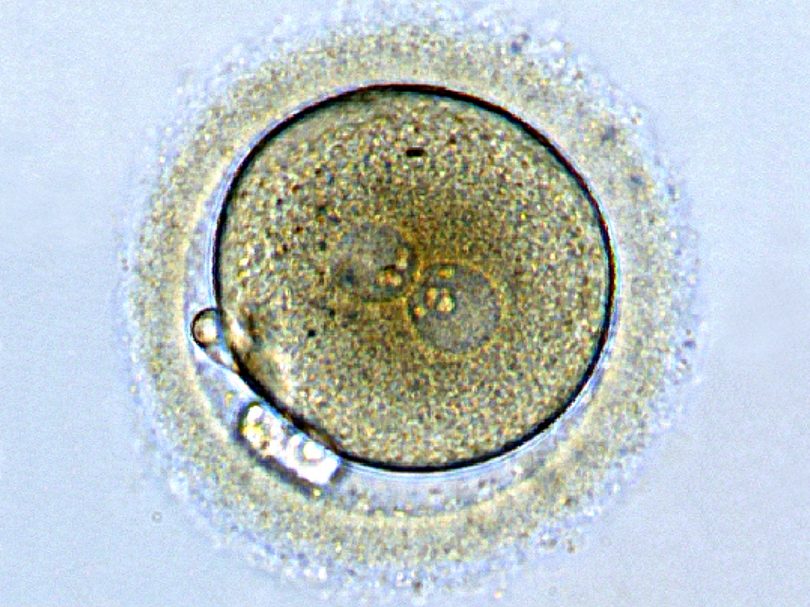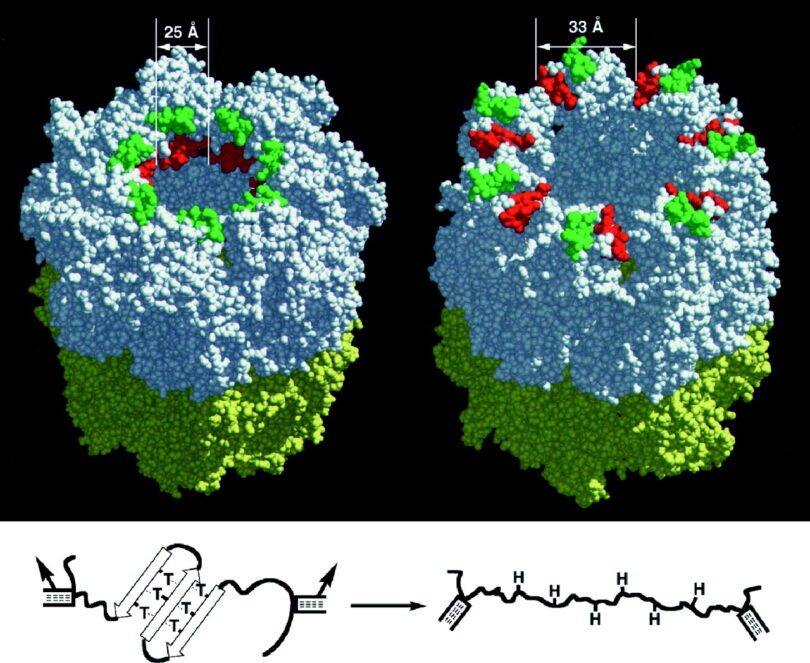
Alleles are physical, genetic codes written in DNA which permit a limited number of different versions of the same gene during reproduction. Explained as eye, hair, or skin color but more deeply affecting everything within each and every living organism at the cellular level. Alleles assemble hereditary traits from the sex cells at the formation of the zygote when the first and original strand of DNA is woven together (union of the male and female gametes) in the offspring before the first cell division.
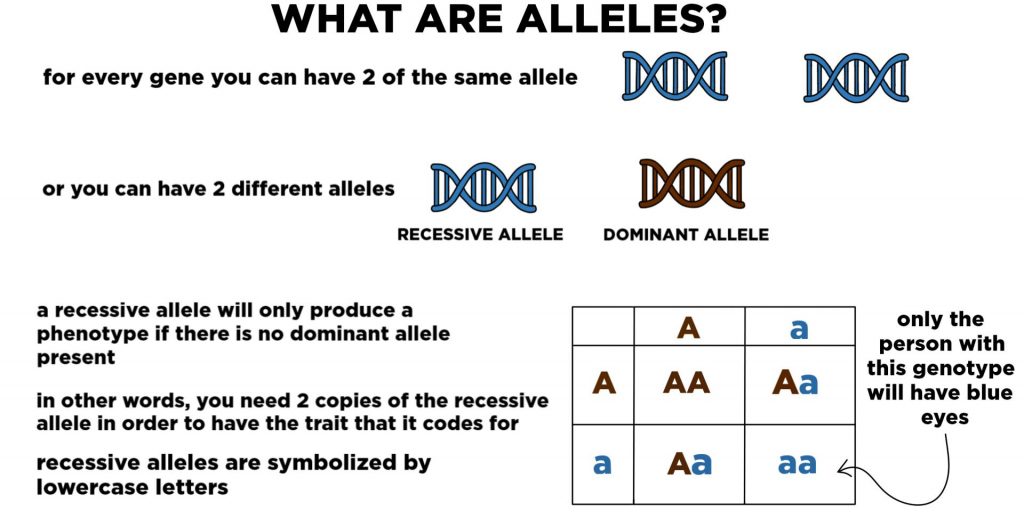
Therefore, many geneticists have proposed that a more precise definition of evolution could be phrased as “a change in Allele frequencies in a population over time.”1 The production of a new Allele (employing a genetic mutation carried by a parent) cannot possibly lead to evolution unless it (1) accurately is inherited by the next generation and (2) can spread through the population due to improved fitness. If the offspring do not inherit a precise copy of the new Allele, then no evolution can occur.
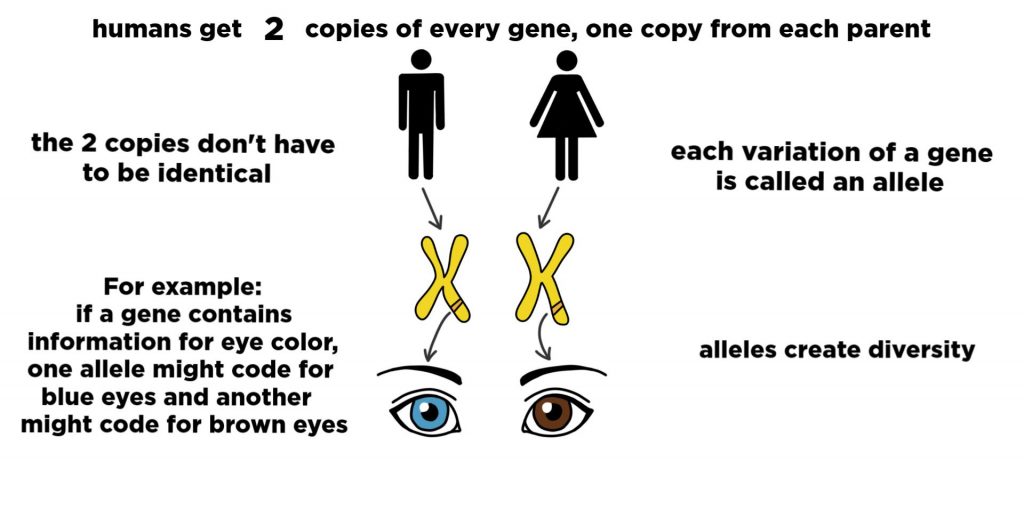
Genetic evidence has revealed that throughout the living world, there is an upper limit on Allele replication accuracy. Meaning Alleles are very limited in how much change is allowed to occur.2 That is why we do not have people with purple or orange-colored eyes. Variation is limited because Allele genetic factors limit such changes. Thereby Allele function inhibits the evolution of species, especially any large-scale changes as anticipated by neo-Darwinian theory.
The reality is quite simple: if no changes (genetic errors) were ever gained during Allele gene selection, then there would be no variations at all, and no evolution would occur precisely because no new (modified) Alleles would be made which are required to allow such changes (evolution).
In modern life and under all observable scientific discoveries, the accuracy of such Allele genetic accuracy resides at an astounding 99.999999% (or greater) precision.3 Therefore, the question narrows to: can the tiny variation of .000001% provide the mechanism that drove all life forms and such variation as we find today on earth?
And the answer, seemingly against all common sense and reason, finds neo-Darwinian evolutionists declaring that yes! this exceedingly tiny possibility is all that is required! This is stunning when considering all the ramifications regarding the emergence of all varieties of living organisms believed to have emerged from a common ancestor. Genetics has revealed that life comprises molecular machines operating under massive complexity exhibiting self-assembly, self-repair, self-regulate, self-tool, self-monitor, and self-replication. These incredible micro-machines create tiny replicas of themselves but with tiny variations caused by combining sex cells from the parents’ preexisting genes. Such variations help with their species’ survival bypassing the traits that proved to be strong– because they reproduced successfully.
How could a transmutation occur under such tight restrictions of Alleles, which permit tiny pre-determined options for physiological changes only within the same species? This fixes all living things into permanent stasis. Today, we know from mountains of research within the field of genetics that physiological changes (such as the slow transmutation of a fish into a frog), if they ever occurred at all, could have only occurred by Alleles at reproduction as the stingy gatekeepers of genes.
The only way to change an Allele is to damage its genetic structure through a random mutation that occurred during a parent’s life. Such mutations that occur during the life of an organism are called somatic mutations. Only when such somatic mutations are passed into sex cells might this modification pass to future generations. This somatic mutation occurred during protein chain replications during the life of the parent.
Protein replication occurs when a specified protein chain assembly as detailed by machine-like code provided by DNA becomes changed due to a mutational error. This concept is central to the neo-Darwinian conjecture because, without it, the Theory completely fails. The protein chain is known to be comprised of up to twenty different amino acids (often referred to as genetic “letters”) that are assembled in a dizzying array of highly specified orders which are often compared to a written language complete with exquisite syntax, punctuation, and order. Essentially living things are built of literal flesh (proteins), which are these specific amino acids chained together only inside the living cell.
The amino acid order of each protein must be precise enough to the original genetic information (99.999999%) as to ensure the survival of the organism, yet, for neo-Darwinian Theory to persist, it also must “gain” a tiny degree of mutational error, which becomes the mechanism and driving force behind transmutation evolution. That is only those gained mutations that are also passed as a “new” Allele as to affect future generations. Such protein mutations affect the Alleles and then are passed to offspring. However, in the rare and few cases, such mutations are discovered, they are always found to be genetically destructive, causing degradative diseases, cancers, sicknesses, and even death to the offspring.4
Despite the many millions of websites and textbooks filled with all the wonders of neo-Darwinian evolution, this is where the rubber meets the road: Can random mutations within the Alleles (of the sex cells of the parents) occur at such a rate that can be awarded to be the cause for the variation of all life on earth? It simply does not matter how much-written material exists, where it was published, which peers reviewed it, what beliefs or consensus of such beliefs the scientific community at large confers on the matter: Alleles must drive transmutational evolution.
Restated: The evidence relies on the modification of Alleles (mutated genetic errors), resulting in survival benefits and fitness passed to future generations at reproduction. Evolution cannot happen anywhere or anytime other than here at conception.
Neo-Darwinian proponents have cited very few so-called “beneficial” protein mutations (by an altered order of amino acid sequences due to mutational errors) without corresponding degraded genetic material. Yet, not a single instance can be cited that exists without a clear and scientifically confirmed corresponding genetic degradation. Essentially, if variation emerges as a mutational error, which is also passed to Allele function at reproduction, it is always at the expense of lost or degraded genetic material.
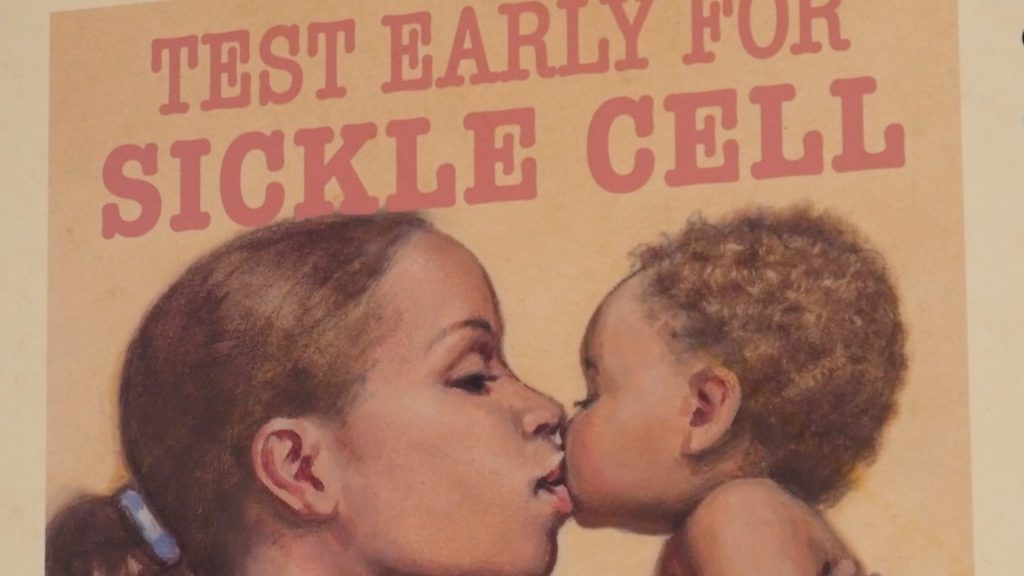
The poster child used as evidence for such beneficial mutations by neo-Darwinian proponents invariably is the Sickle Cell red blood mutation in humans. Sickle Cell mutation affected the shape of the red blood cell in humans due to an amino acid change in two amino acid “letters,” causing a structural deformity in humans’ red blood cell proteins.
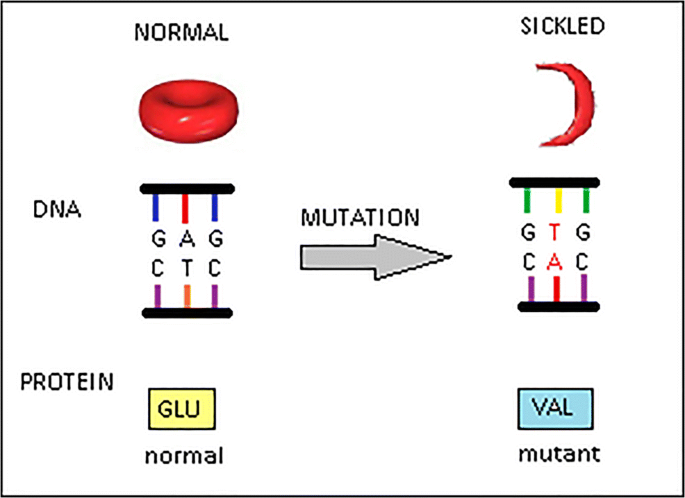
Yes! The mutation allowed for survival from an otherwise very deadly disease caused by a parasite carried by mosquitoes called Malaria. These parasites laid their eggs and destroyed red blood cells– killing many millions of people. Therefore, survival is clearly the “beneficial” part. They point to the fact that this mutation provided survival from Malaria, which is, of course, true. If we stop here, it sounds like neo-Darwinian evolution is an open and shut case. However, no rational scientist would declare that this occurred at zero cost or provided gained fitness. No, this “marvel of evolution” happened at an astounding expense to those that inherited the mutation.
The genetic expense was due to a mutational error, which randomly caused two code letters of genetic information to transpose during the protein chain assembly. This error caused a detrimental effect on those affected by their mutation, causing the normally round red blood cell to be changed into a “sickle” shape. Unfortunately, this mutation was passed to the degraded Alleles of the parents, which was passed to future generations. This mutation resulted in detrimental health problems, disease, and even death to future generations worldwide. Those that “gained” the “beneficial” trait might have gained survival and received a massive loss in fitness and disease.
But wait– there are more beneficial examples of mutation! Right? While other obscure examples of so-called beneficial mutations are argued, they each also emerge with clear genetic degradation resulting in loss of normal metabolism, function, sterility, or death.
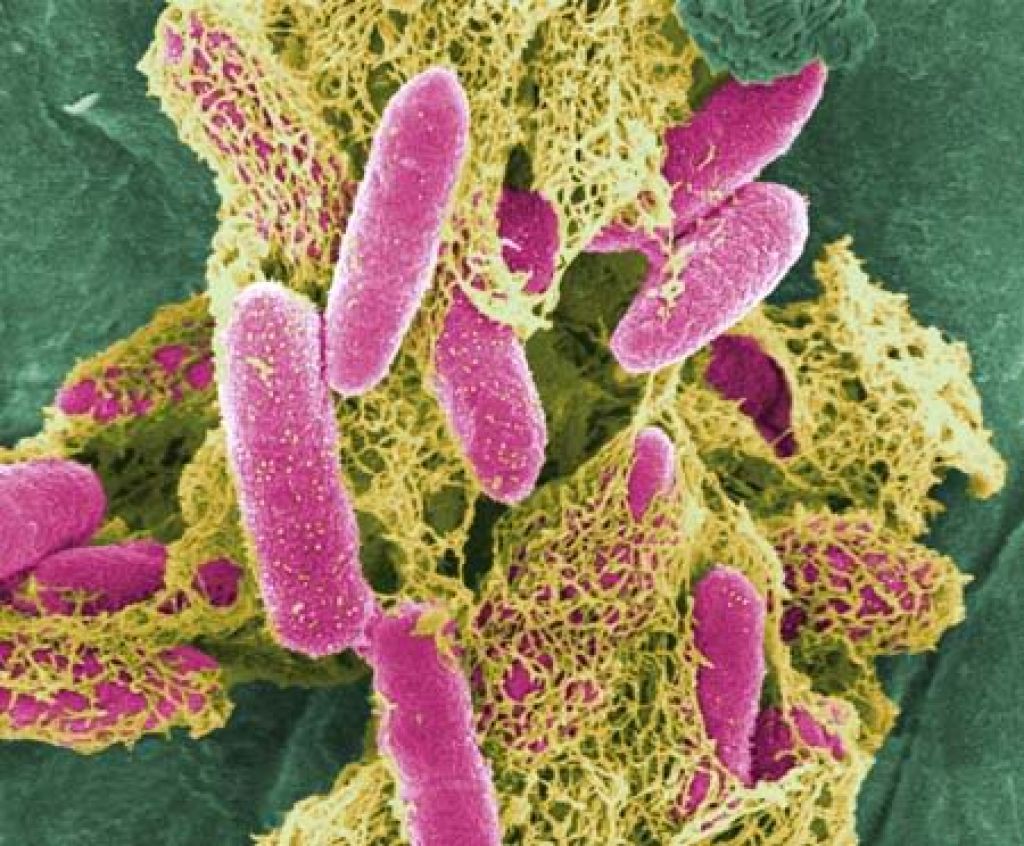
Another example often cited includes mutated E.coli bacteria, which changed their metabolism capacity from eating sugar (glucose) to survive by consuming citrate if there was no oxygen present.5 Unfortunately for these mutated bacteria strains, like humans affected with Sickle Cell, they will never return to being a normal organism. They are permanently degraded because they LOST genetic material– there was no new gain of anything genetically. Sure, they have a new “ability,” but these mutants will never return to doing normal metabolic functions of E. Coli, such as the basics of breathing oxygen and eating sugar. Therefore, while the mutation for survival is interesting, it certainly gets us no closer to explaining evolution and the transmutation of species. Stating that this, or really any other similar experiment, as evidence for such a cause of mutational “gains of fitness” takes both a quite liberal imagination and a suspension of logic.
Therefore, relying on science and not belief, The Theory of Evolution and neo-Darwinian genetics, as revealed by DNA Allele function, renders the plausibility of transmutation Dead On Arrival. Neo-Darwinian’s failure to identify even an exceedingly tiny beneficial change within the same species remains still imaginary. Compound this puzzle by considering that the massive changes required for the transmutation of species from bacteria to humankind reach far outside rationality.
Studies have revealed that such mathematical likelihoods (of “beneficial” mutations) occur so rarely and often associated with damage. It doesn’t matter how much time we apply or how many trials are granted; this would not reasonably ever occur. The math reveals that even if the earth were hundreds of billions of years old (giving us more seconds than molecules in the universe) and in light of many exceedingly fortuitous unlikelihood’s occurring, this has never happened.
Why? Simply because that is not how living things replicate. Big mutations destroy and, as it turns out, so do exceedingly tiny ones! Perhaps this is due to a reality where living things do not only seem to be designed with purpose but actually were designed. Designed by intelligence to reproduce as controlled and limited by a marvelous built-in DNA Allele function. Random chance and genetic errors cannot provide the engine envisioned by evolutionists.
Evidence reveals that Alleles themselves physically limit mutations that pass to offspring because such errors are genetically detrimental. Again, this is because of any change in genetics sufficient to create new Alleles that might allow modifications of amino acid sequences do not drive fitness benefits without a massive degradative corresponding genetic cost.

Therefore, are you a “true believer” in neo-Darwinian evolution? Or, are you actually an open-minded individual that will actually follow the scientific evidence? As we have discovered, the science is clear much beyond any reasonable doubt, a change of species or transmutation does not ever occur. Yet, the neo-Darwinian true believers latch onto the 0.000001% chance over an observable 99.999999% (or greater3) chance they are wrong. Ask yourself, which position seems more “belief” based to you?
- “Natural Selection, Genetic Drift, and Gene Flow Do Not Act in Isolation in Natural Populations” By Andrew, Christine et al. The Nature Education, 2010, https://www.nature.com/scitable/knowledge/library/natural-selection-genetic-drift-and-gene-flow-15186648/
2. “The Variety of Genes in the Gene Pool can be Quantified within a Population,” Scitable by Nature Education, https://www.nature.com/scitable/topicpage/the-variety-of-genes-in-the-gene-6526291/
3. “Analysis of 8 X-chromosomal markers in the population of central Croatia”, Croatian Medical Journal, June 2013, by Gršković, Zidkova, Stenzl, Popović, Primorac and Mršić. https://www.ncbi.nlm.nih.gov/pmc/articles/PMC3692332/
4. New study sheds light on why cancer often strikes those with healthy lifestyles. Most cancer mutations are due to random DNA copying ‘mistakes,’ not inherited or environmental factors, Johns Hopkins University https://hub.jhu.edu/2017/03/23/cancer-mutations-caused-by-random-dna-mistakes/
5. http://www.evo-ed.org/Pages/Ecoli/cellbio.html

